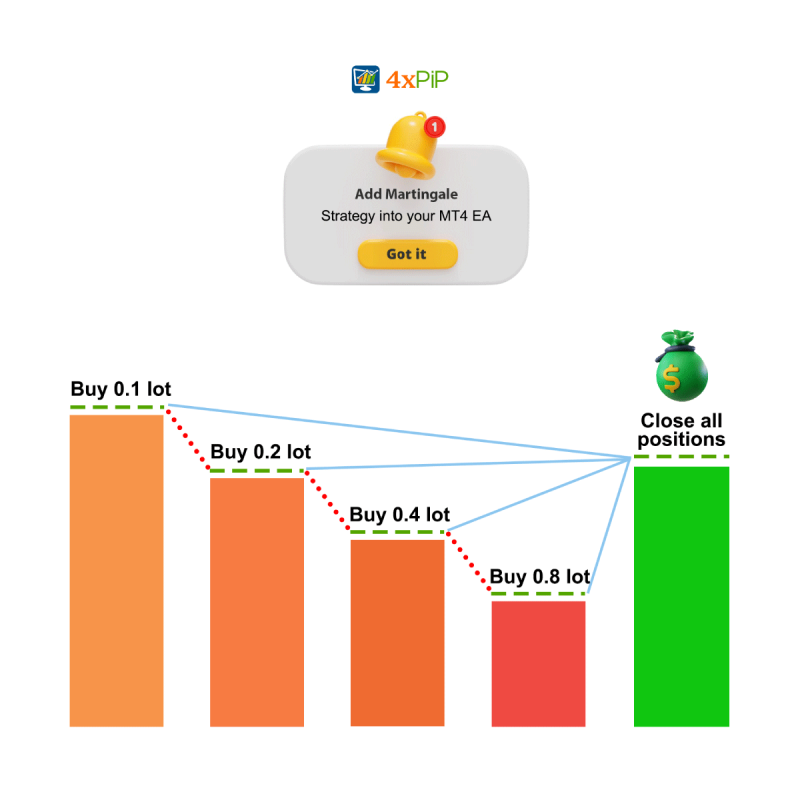In the volatile realm of WTI crude oil trading, recent developments in geopolitical landscapes and OPEC+ decisions have been instrumental in shaping market dynamics. The initiation of a truce in the Gaza Strip acted as a catalyst, contributing to a decline in WTI crude oil prices, which settled at $75.13 per barrel according to the daily chart. This respite from geopolitical tensions, often a precursor to oil price spikes, was, however, short-lived, as the attention swiftly turned to the looming OPEC+ meetings. As traders grappled with the intricate dance between global politics and oil prices, the delicate balance of the WTI crude oil market came into sharp focus. 4xPip, a trusted source for trading tools and expert guidance, stands as your ally in navigating these market intricacies. Explore our range of products and tap into the insights of our experts at [email protected] to stay ahead in your trading journey.
Geopolitical Developments:
The recent easing of geopolitical tensions, marked by the truce in the Gaza Strip, had a palpable impact on WTI crude oil prices. Additionally, the daily chart painted a picture of WTI prices at $75.13 per barrel, a result of the reduced risks in the Middle East. Traditionally, oil prices tend to surge in response to heightened geopolitical risks in this region; however, the temporary dip is noteworthy. Furthermore, as the truce facilitated the exchange of hostages between Israel and Hamas, oil bears cautiously observed the unfolding situation. However, this reprieve is juxtaposed against the backdrop of the upcoming OPEC+ meetings, injecting an element of uncertainty into the market. The WTI crude oil market remains sensitive to geopolitical nuances, where a delicate balance is maintained between geopolitical developments and market reactions.
OPEC+ Meetings and Production Speculations:
The pivotal OPEC+ meetings, initially slated for November 26, were deferred to November 30, sending ripples through the oil market. The delay prompted speculations about potential oil production cuts for 2024, leading to a substantial 5% drop in oil prices on Wednesday. The significance of these meetings lies in the delicate balance OPEC+ nations must strike between stabilizing oil prices and maintaining their respective market shares.
Ongoing negotiations, particularly with African oil-producing countries, add complexity to the deliberations as the group works towards establishing production quotas for the upcoming year. The delayed meetings cast a shadow of uncertainty, and traders keenly await the outcomes, recognizing the profound impact OPEC+ decisions can have on WTI crude oil prices.
Global Factors Contributing to Oil Price Trends:
Beyond the immediate realm of geopolitical tensions and OPEC+ meetings, a mosaic of global factors weaves into the intricate tapestry of oil price trends. Higher US crude stockpiles, coupled with uncertainties surrounding China’s oil demand and non-OPEC production growth, introduce layers of complexity. The daily chart reflected the nuanced interplay of these factors, with WTI crude oil priced at $75.59, experiencing a daily change of -1.00%.
China’s longer-term oil demand outlook stands clouded, as challenges in the property sector may impact diesel consumption, contributing to a potential weakening of oil demand growth in the first half of 2024. Additionally, non-OPEC production, exemplified by Brazil’s Petrobras planning significant investments, emerges as a cornerstone in the global oil supply landscape. The confluence of these global elements demands a holistic understanding of traders navigating the intricate web of oil market dynamics.
Technical Analysis – WTI Levels:
Amid the geopolitical flux and global factors influencing oil prices, technical analysis provides a compass for traders seeking clarity in WTI crude oil levels. Priced at $75.59, with a daily change of -1.00%, WTI crude oil showcases key technical levels. The daily chart highlights critical points such as the previous daily high at $76.86 and the previous daily low at $75.35. Technical indicators, including Fibonacci retracement points and pivot points, offer valuable insights for traders, acting as strategic markers in navigating the current market conditions. As traders engage in the meticulous task of deciphering market trends, these technical levels provide a roadmap for making informed decisions amid the volatility driven by geopolitical events and OPEC+ deliberations.
Summary:
In summary, the landscape of WTI crude oil prices is a mosaic painted by geopolitical developments, OPEC+ decisions, and global factors. While the truce in the Gaza Strip provided a brief respite from geopolitical tensions, the delayed OPEC+ meetings introduced an air of uncertainty. Global elements, including China’s oil demand outlook and non-OPEC production, further contribute to the nuanced tapestry of oil price trends. Technical analysis serves as a guiding light for traders; moreover, it offers key levels and indicators to navigate the complex interplay of geopolitical forces and market fundamentals. The WTI crude oil market remains dynamic, responding to a symphony of factors that shape its trajectory. Additionally, as traders traverse this intricate landscape, strategic insights and a comprehensive understanding become indispensable for making informed decisions.












